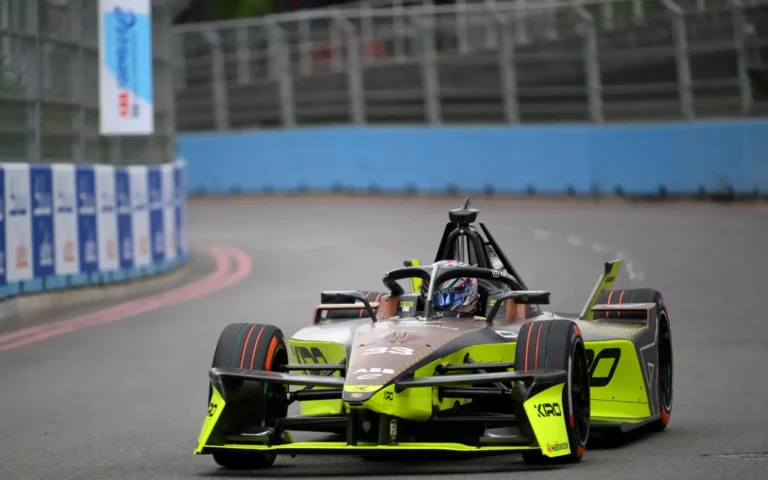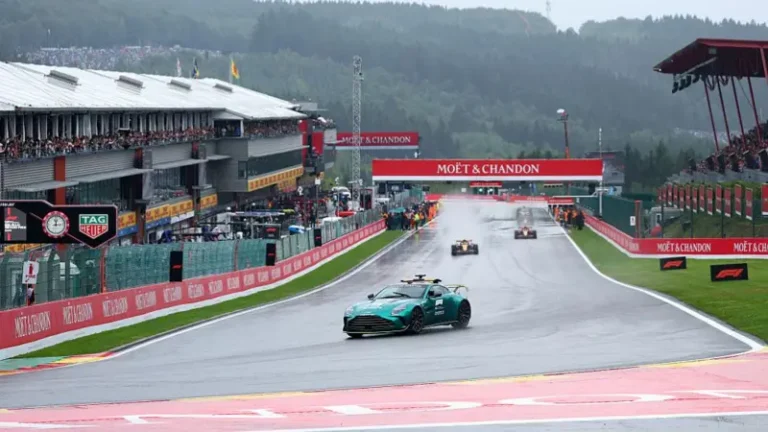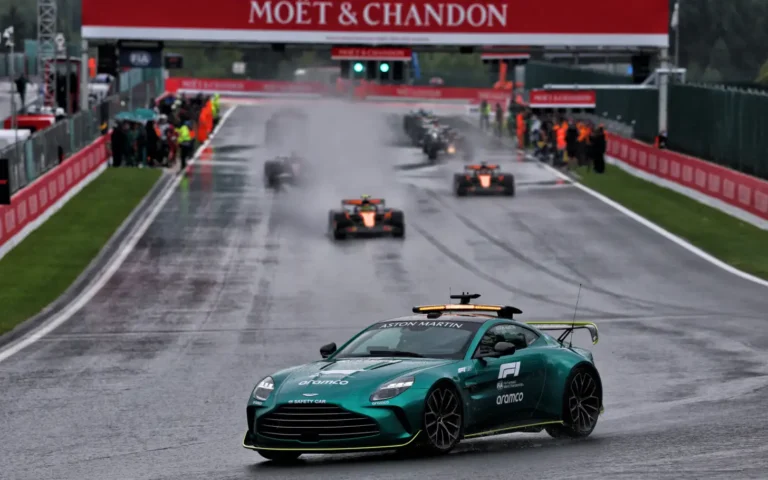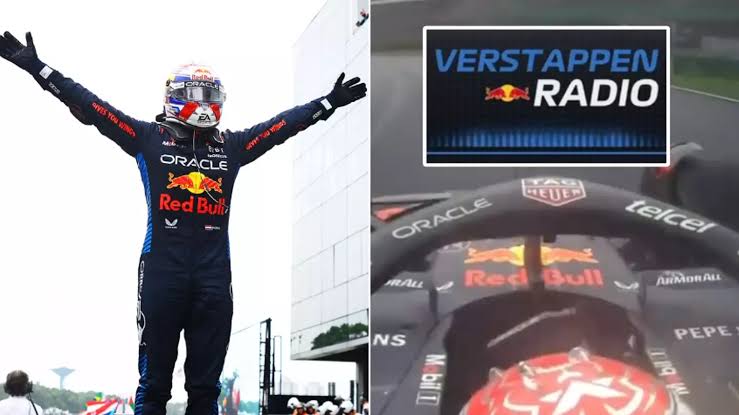
In a groundbreaking move set to alter the landscape of Formula 1, reports have surfaced indicating that starting in 2026, F1 cars will transition away from the use of Venturi tunnels for generating downforce. Instead, a return to flat floors will be implemented, reminiscent of the designs during the 2017 to 2021 season. This significant change aims to streamline aerodynamic performance and enhance racing dynamics, potentially reshaping strategies for teams and drivers alike.
The decision to revert to flat floors has been met with a mix of anticipation and skepticism among drivers, teams, and fans. The Venturi tunnel design, which has been utilized in recent years, allows for increased downforce alongside reduced drag, resulting in faster lap times and improved cornering capabilities. However, the FIA appears to be responding to concerns about the complexities of current aerodynamic setups, which some argue have detracted from the quality of racing and overtaking opportunities on track. By moving back to flat floors, the governing body aims to simplify car design while promoting closer racing.
Experts believe that this shift could level the playing field among teams, granting smaller constructor teams an opportunity to compete more effectively against the more established powerhouses. Historically, complex aerodynamic features like Venturi tunnels have provided an advantage to larger teams with significant resources to invest in wind tunnel testing and CFD simulations. By embracing a simpler flat floor design, the FIA could foster a more competitive environment, encouraging innovative approaches from all teams.
From a performance perspective, the implications of this change remain to be seen. Racing pundits are theorizing that while flat floors may reduce some aerodynamic efficiency, they might also lead to more robust wheel-to-wheel racing. Enhanced driver control and overtaking opportunities could become a more integral part of strategy as the balance between downforce and speed is recalibrated. Teams will need to adapt their setups and approach to car performance, potentially resulting in fascinating on-track rivalries as they navigate these new regulations.
As excitement builds ahead of the 2026 season, the shift to flat floors is anticipated to prompt a wave of innovation in car design and engineering. This move not only signals a departure from the high-tech intricacies of recent seasons but also serves as a reminder of the FIA’s commitment to fostering exciting and competitive racing. With the future of F1 racing on the line, teams will be keenly analyzing the effects of these changes and preparing for a new chapter in motorsport history.



